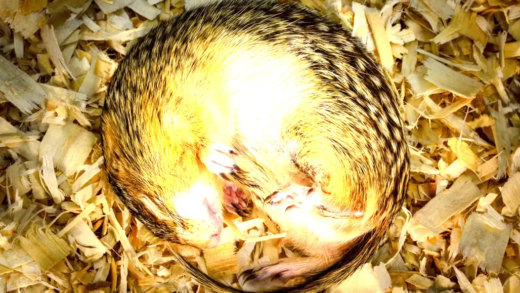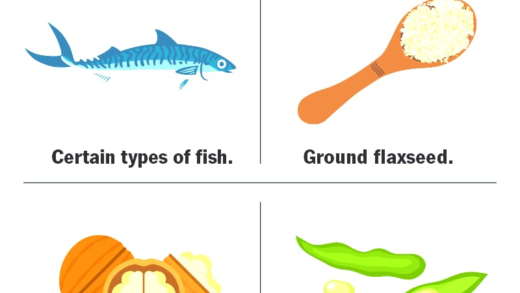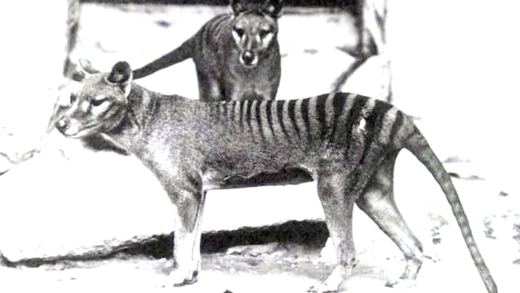Palaeophis colossaeus, the largest sea snake, thrived during the Eocene epoch, coexisting with diverse marine life. Its impressive size, reaching over 13 meters, allowed it to be a formidable predator. Factors like climate change and competition likely led to its extinction. Comparisons with modern sea snakes reveal significant differences in size, diet, and adaptations. Fossils of Palaeophis colossaeus are crucial for understanding its biology and the ecosystems of its time.
What is Palaeophis Colossaeus: An Overview
Palaeophis colossaeus is recognized as the largest sea snake in history. This ancient reptile roamed the oceans during the Eocene epoch, approximately 56 to 34 million years ago. With a length that could exceed 10 meters, Palaeophis colossaeus dominated its marine environment. Its distinct features include a long, slender body, a flattened tail for swimming, and a head adapted for a predatory lifestyle. Fossils of Palaeophis colossaeus have been found in various locations, indicating a widespread distribution across ancient seas.
Size Matters: How Long Was Palaeophis Colossaeus?
The size of Palaeophis colossaeus is truly impressive, making it the largest sea snake known to science. Estimates suggest that it could reach lengths of up to 13 meters (43 feet). This remarkable size places it well above modern sea snakes, which typically average around 2-3 meters. Its massive body was not just for show; it enabled Palaeophis colossaeus to be an effective predator, capable of hunting large marine animals.
Living Time: When Did Palaeophis Colossaeus Exist?
Palaeophis colossaeus thrived during the Eocene epoch, a period marked by significant evolutionary changes in marine life. This era, spanning from about 56 to 34 million years ago, was characterized by warm climates and rich biodiversity in oceans. The presence of Palaeophis colossaeus during this time highlights its role in the marine ecosystem, coexisting with various fish species and other reptiles. Understanding its time period helps paleontologists piece together the evolutionary history of marine reptiles.
The Giant of the Sea: What Makes Palaeophis Colossaeus the Largest Sea Snake?
Palaeophis colossaeus stands out as the largest sea snake due to its incredible length and unique adaptations. This giant could exceed 13 meters, dwarfing modern sea snakes, which average between 2 to 3 meters. Its size was not merely for dominance; it played a crucial role in its survival. Here are some reasons why Palaeophis colossaeus was so large:
- Predatory Advantage: The size allowed it to hunt larger prey, making it a formidable predator in its ecosystem.
- Habitat Adaptation: Living in vast oceans, a larger body helped it navigate and thrive in open waters.
- Thermoregulation: A bigger body could maintain a stable temperature, essential for survival in varying ocean climates.
- Reproductive Success: Larger snakes might have had better reproductive success, passing on their genes to future generations.
In summary, the impressive size of Palaeophis colossaeus was a combination of evolutionary advantages that made it a true giant of the sea.
What’s on the Menu: Diet of Palaeophis Colossaeus
Palaeophis colossaeus had a diverse diet, reflecting its role as an apex predator in its marine habitat. Its diet primarily consisted of:
- Fish: This snake likely preyed on various fish species, utilizing its size to overpower them.
- Cephalopods: Squid and octopus could have been part of its menu, providing essential nutrients.
- Other Marine Reptiles: It might have even hunted smaller marine reptiles, showcasing its predatory prowess.
With such a varied diet, Palaeophis colossaeus exemplified adaptability, essential for survival during the Eocene epoch when marine life was abundant and diverse.
Swimming Style: How Did Palaeophis Colossaeus Move in Water?
Palaeophis colossaeus was a master of aquatic movement, thanks to its unique body structure. Its long, slender shape and flattened tail enabled efficient swimming. Here’s how it moved:
- Undulatory Motion: By flexing its body side to side, it could propel itself forward, similar to modern sea snakes.
- Tail Propulsion: The flattened tail acted like a rudder, allowing for sharp turns and swift maneuvers.
- Gliding Technique: It could glide through water, reducing drag and conserving energy during long swims.
These adaptations made Palaeophis colossaeus an agile swimmer, perfectly suited for its oceanic environment. Understanding its movement helps paleontologists piece together the lifestyle of this ancient giant.
Marine Companions: Who Were the Neighbors of Palaeophis Colossaeus?
Palaeophis colossaeus coexisted with a fascinating array of marine life during the Eocene epoch. This period saw a rich biodiversity, with various species thriving alongside the giant sea snake. Some notable neighbors included:
- Sharks: Early forms of sharks, like the Carcharocles, patrolled the oceans, competing for similar prey.
- Large Fish: Species such as the giant fish, Leedsichthys, were abundant, providing a food source for the predatory Palaeophis colossaeus.
- Other Marine Reptiles: Creatures like the plesiosaurs and ichthyosaurs shared the waters, showcasing a diverse range of predators.
- Cephalopods: Squids and ammonites flourished, likely becoming part of Palaeophis colossaeus’s diet.
Understanding these marine companions helps paleontologists reconstruct the ecosystem and food web of the Eocene oceans, painting a vivid picture of life during that era.
The Extinction Enigma: Why Did Palaeophis Colossaeus Disappear?
The extinction of Palaeophis colossaeus remains a topic of intrigue. Several factors likely contributed to the demise of this giant sea snake:
- Climate Change: The transition from the warm Eocene to cooler periods may have altered marine habitats, impacting food sources.
- Competition: As new predators evolved, competition for resources intensified, possibly outpacing Palaeophis colossaeus’s adaptability.
- Habitat Loss: Changes in oceanic conditions could have led to a decline in suitable habitats for this species.
These elements suggest a complex interplay of ecological pressures leading to the extinction of Palaeophis colossaeus, marking the end of an era for giant sea snakes.
Comparing Giants: Palaeophis Colossaeus vs. Modern Sea Snakes
When comparing Palaeophis colossaeus to modern sea snakes, several striking differences and similarities emerge:
- Size: Palaeophis colossaeus dwarfs modern sea snakes, reaching lengths of over 13 meters compared to the average 2-3 meters of today’s species.
- Diet: While both are apex predators, modern sea snakes primarily feed on smaller fish and eels, whereas Palaeophis colossaeus had a more varied diet, including larger marine reptiles.
- Adaptations: Palaeophis colossaeus had unique adaptations for its size, such as a more robust body structure for hunting larger prey, while modern sea snakes are highly specialized for their environments.
- Habitat: Palaeophis colossaeus thrived in open ocean habitats, while many modern sea snakes inhabit coastal areas and shallow waters.
This comparison highlights the evolutionary changes in sea snakes and underscores the unique adaptations that allowed Palaeophis colossaeus to dominate its environment.
The Fossil Record: What Palaeophis Colossaeus Fossils Reveal
The fossils of Palaeophis colossaeus are crucial for understanding its biology and ecology. These fossils provide insights into:
- Physical Characteristics: Fossils reveal the size, shape, and unique adaptations of Palaeophis colossaeus, helping scientists reconstruct its appearance.
- Behavior and Diet: Fossilized remains of prey found alongside Palaeophis colossaeus fossils indicate its dietary habits and hunting strategies.
- Ecosystem Dynamics: By studying the distribution of Palaeophis colossaeus fossils, researchers can infer the marine environments and ecosystems it inhabited.
In essence, the fossils of Palaeophis colossaeus are invaluable resources for paleontologists, illuminating the life of this ancient giant and its role in prehistoric marine ecosystems.





Comments are closed.